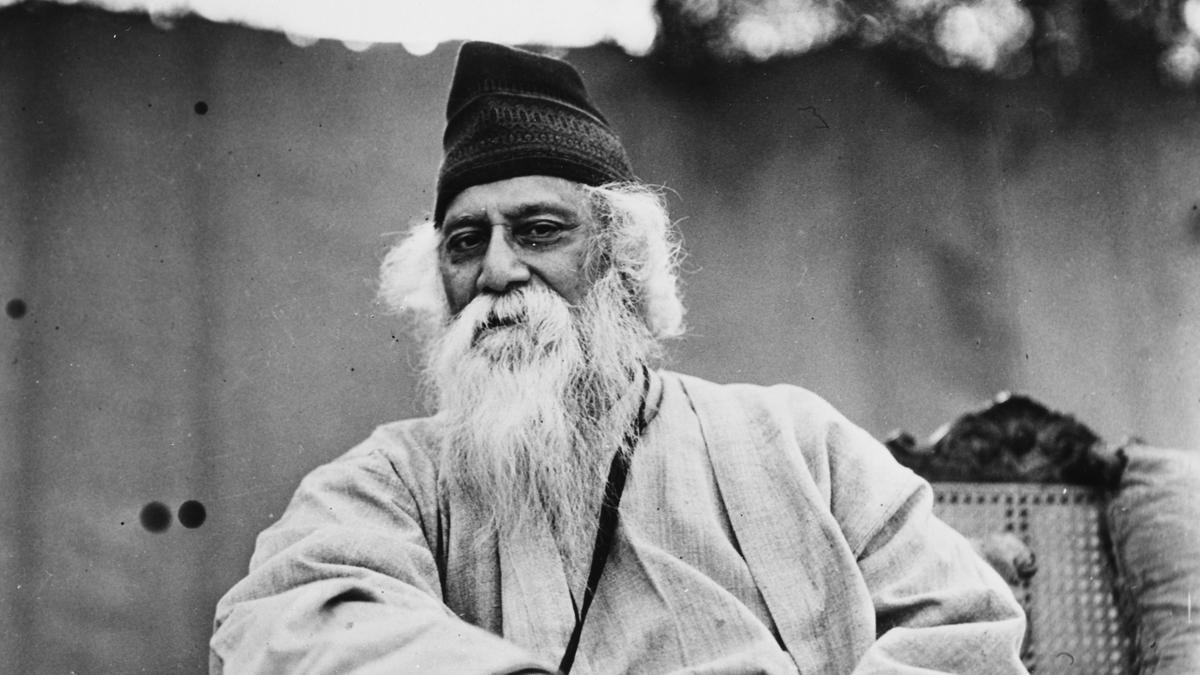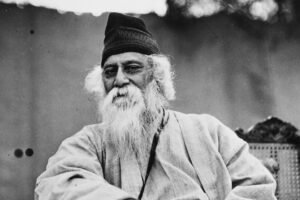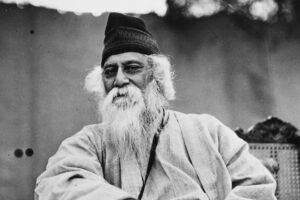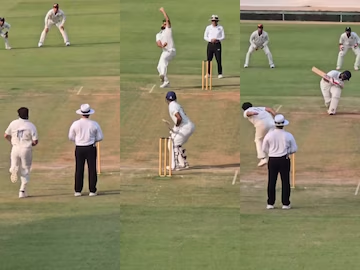Why does India not use HotSpot technology in cricket?
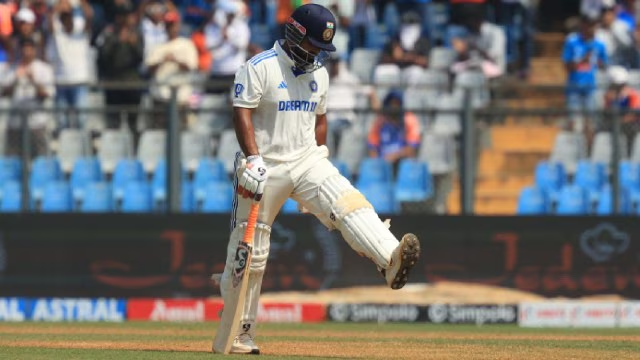
Once more, the issue of India refraining from using the heat signature-tool resurfaced following Rishabh Pant’s dismissal. Anil Kumble attributed this decision to the tool being military technology, whereas broadcasters argue that the expenses involved are too high.
Rishabh Pant’s dismissal in India’s loss to New Zealand during the third Test at Wankhede Stadium on Sunday sparked discussions. The game was at a critical juncture when Pant was dismissed caught bat-pad after the Decision Review System (DRS) reversed the on-field umpire’s initial Not Out call. The third umpire’s decision to declare him Out raised eyebrows since there was insufficient conclusive evidence to overturn the on-field decision.
Pant contested with the on-field umpires, indicating towards his pad, as the snicko-meter registered a spike near the bat, sparking debates whether it was due to the bat striking the pad. Despite his efforts, Pant had to depart after scoring 64 runs, dashing India’s aspirations by a narrow margin of 25 runs as the third umpire scrutinized the footage.
Anil Kumble, the former captain and coach of India, highlighted the potential benefits of integrating Hotspot technology within the Decision Review System (DRS) to facilitate accurate detection of ball-bat contact. In an interview with JioCinema, he pointed out that HotSpot is not utilized in India due to its association with military technology.
HotSpot is a term that refers to a specific feature – could you tell me more about what HotSpot entails?
Created by Nicholas Bion, a French scientist, this technology was intended to assist military personnel in combat scenarios. Its thermal imaging capability enabled the detection of tanks and jets, even in low-light conditions or when the battlefield was shrouded in dense smoke, facilitating the identification of movements by the forces.
Cricket debut
Channel Nine in Australia, known for its innovative approach to cricket broadcasts, brought Hotspot technology to the cricketing world during the 2006-07 Ashes series. This cutting-edge infrared camera technology aimed to precisely identify the point of contact between the batsman’s body or bat and the ball, providing detailed insights on the collision dynamics. Initially aimed at enhancing viewer experience, Hotspot later became an integral part of the Decision Review System (DRS) in matches held in Australia. Gradually, other cricketing nations such as South Africa, England, and even the UAE, where Pakistan competed, adopted Hotspot technology in their matches.
Could you please explain its functioning?
Two thermal imaging cameras are strategically positioned at opposite ends behind the bowler to capture heat signatures produced upon the ball making contact with the batsman’s body, bat, or pad. By rendering a negative image, the cameras pinpoint the precise moment of contact. Consequently, HotSpot technology could distinguish whether the ball grazed the bat or if there was contact between bat and pad indicated by the snicko spike.
Is it truly precise?
Amidst the technological advancements in cricket, Hotspot, too, has not been immune to controversies. On India’s 2011 England tour, former English skipper Michael Vaughan sparked a debate with his tweet questioning whether Vaseline on the bat’s edge had influenced a crucial moment for VVS Laxman. Warren Brennan, the tool’s creator, also expressed worries about bat coatings potentially interfering with HotSpot’s accuracy.
Is this utilized on a global scale?
Kumble noted that military technology could be a factor in its limited use in India, yet industry professionals and the BCCI highlight the high operational expenses of Hotspot. A broadcaster informed The Indian Express that HotSpot’s accuracy is not flawless, and its application is constrained as the snickometer detects edges. Additionally, the scarcity of HotSpot kits, with only four or five accessible at a steep daily cost of around $10,000, deters its widespread adoption among broadcasters globally. Sky Sports and SuperSports have ceased utilizing this technology as well.


